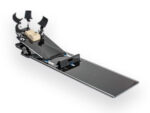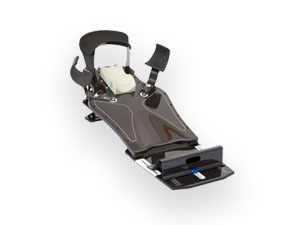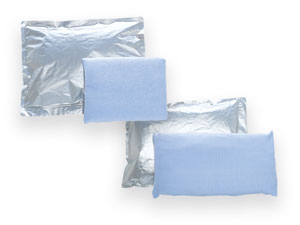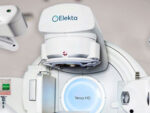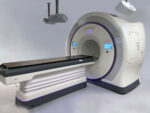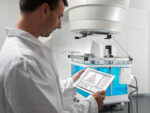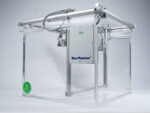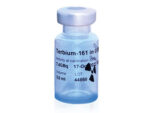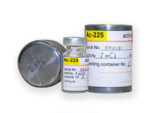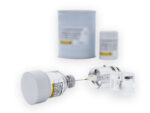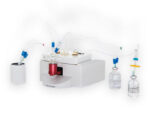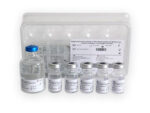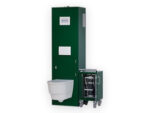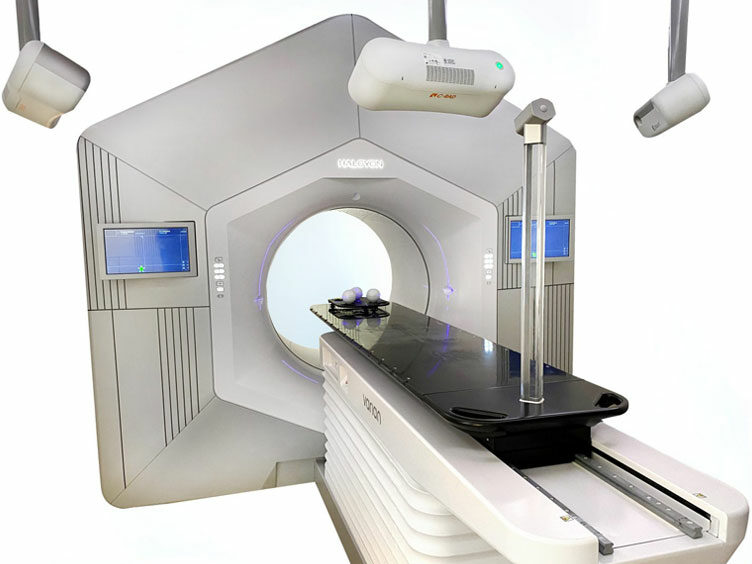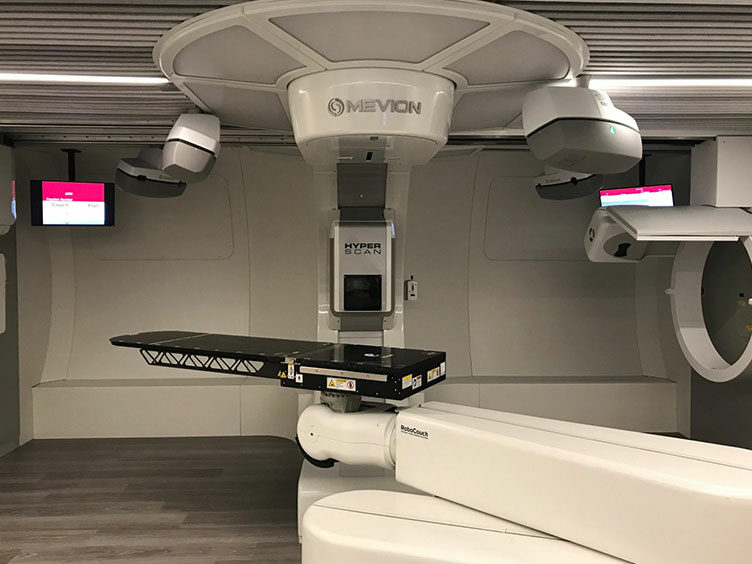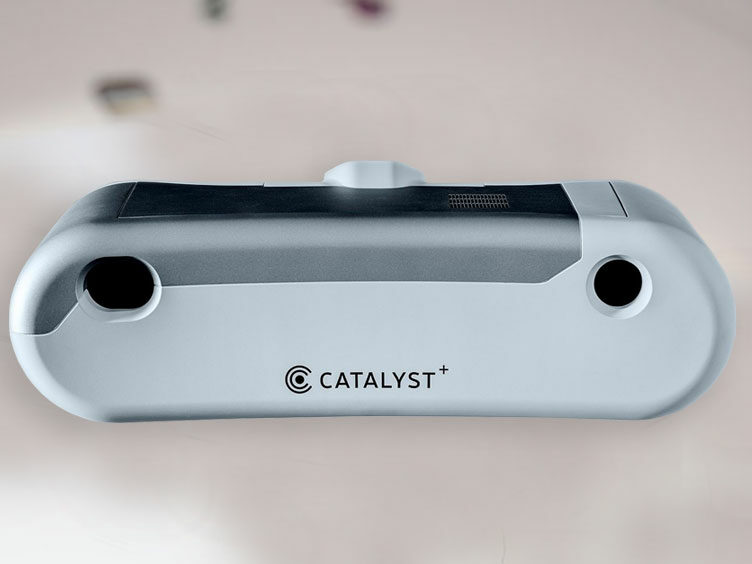Sentinel 4D CT from C-RAD
CT Simulation is increasingly becoming the standard procedure in radiation therapy. But patient breathing, as well as movements of the tumor or normal tissue can impact planning, delivery and verification. With a normal CT scan, motion may cause inaccurate target definition, in that moving targets could be in distorted shapes at the wrong location. It could also cause extra dose distribution to healthy tissue, due to dosing larger fields to cover a moving tumor.
To improve the visualization of moving tumors, 4DCT is applied to determine the motion and help to design an accurate plan for employing precise standard or gated therapy.
C-RAD Sentinel 4DCT is an easy-to-use, laser-based optical surface scanning system with functionality for 4DCT reconstruction and gated imaging in a CT room. It also provides reference images for patient positioning and intra-fraction motion detection in a radiation therapy treatment room.


